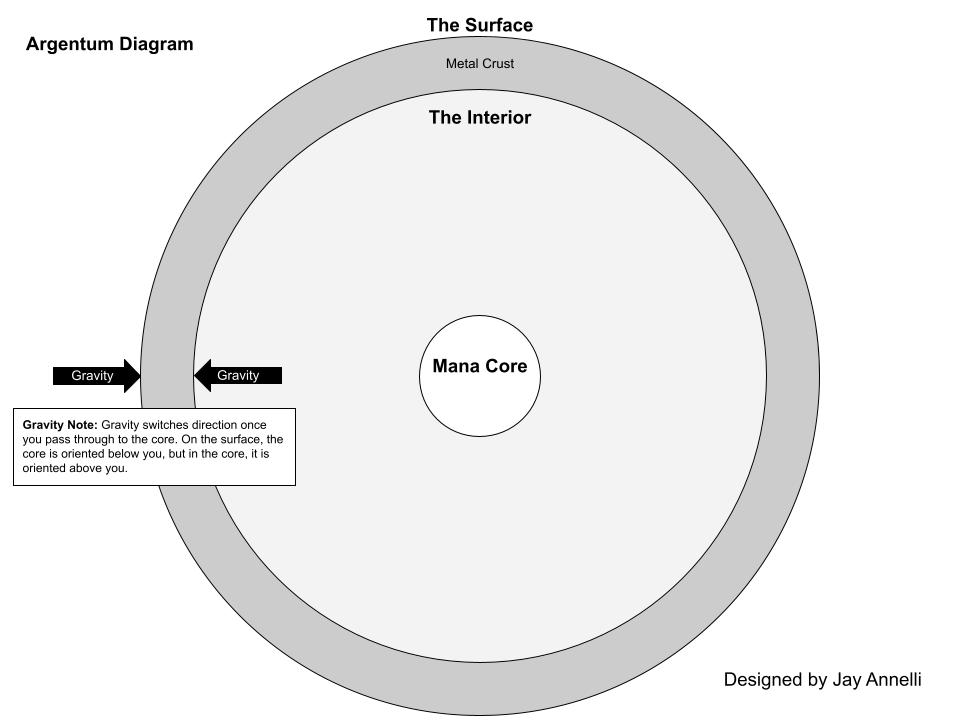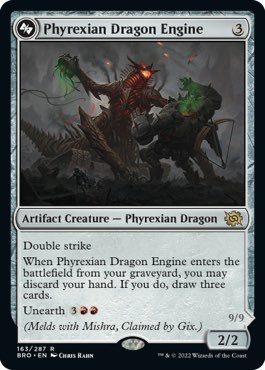
Oh, well, since some of you asked so nicely, here are some diagrams I made of how the interior of New Phyrexia has changed over time.
We start with Argentum, Karn's original creation. It was pretty simple, a hollow sphere with a mana core keeping the balance. #vorthos #mtgone

We start with Argentum, Karn's original creation. It was pretty simple, a hollow sphere with a mana core keeping the balance. #vorthos #mtgone


Then Memnarch, the Mirari given golem form, gets infected and reshapes the plane into five biomes, transporting living beings to populate it. He resides in the interior, but the mana core has destabilized, ejecting the 'suns' of each color of mana. 



Inside the core, the mycosynth begins to grow toward the mana core. The side effect of the mycosynth is that it starts changed metal to flesh and vice versa. 

Please note these aren't perfect graphs. I made them in a simple vector illustration program for fun.
Scars of Mirrodin era. Memnarch is long dead, and the Phyrexians own the core. The Furnace Layer is likely carved out of the crust*, and additional layers have begun. Kraynox begins a layer of glistening oil called the Fourth Layer**, and Roxith begins the Flesh Layer***. 

*The Furnace Layer isn't shown in the crust here, but it's likely burrowed out of the crust. A lot of the crust at this point are tunnels and caverns hollowed out by the Phyrexians.
**This layer likely becomes the Dross Pits.
***Guess what he wanted to make it out of? Based on it's location and the medium, this likely became the Fair Basilica.
***Guess what he wanted to make it out of? Based on it's location and the medium, this likely became the Fair Basilica.
I should note these additional layers were public knowledge for years, they were just details in side stories lost to website migrations unless you knew where to look for them (check out my latest CoolStuffInc article for links)
Now the Phyrexians have spent five years finishing their work. As I mentioned above, the Dross Pits and Fair Basilica were likely the Fourth and Flesh Layers at one point, with the Hunter's Maze and Surgical Bays build between. 

An additional sphere was built over top of the former surface as a monument to victory, and the surface (now 'Mirrex') was stripped bare for resources to build the new spheres.
The Mycosynth Gardens is what's left of the old core, left mostly untouched.
The Mycosynth Gardens is what's left of the old core, left mostly untouched.
The Seedcore is where the Mana Core used to be. we also have a great artistic interpretation of the plane! You can read more about the layers and see a labelled diagram with this art in Magic: The Gathering - The Visual Guide. 

... Which of course you can buy through various sites linked from here:
penguinrandomhouse.com/books/709276/m…
penguinrandomhouse.com/books/709276/m…
• • •
Missing some Tweet in this thread? You can try to
force a refresh














